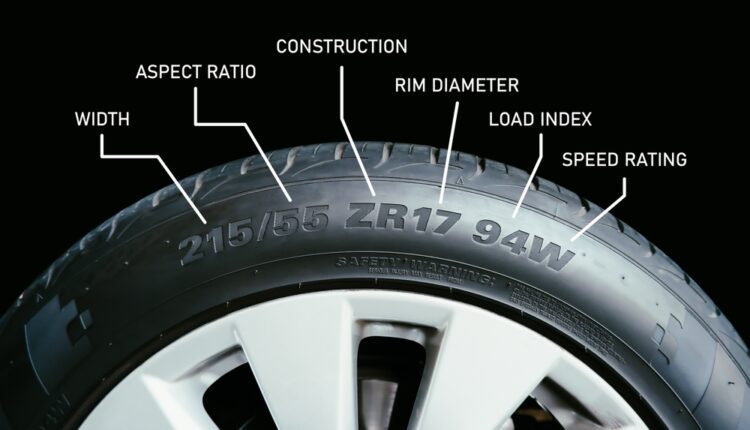A Guide to Read Car Tire Codes to Buy a Perfect Fit in KSA
Choosing the right tires for your car is essential for safety, performance, and comfort. One of the most important factors in selecting the right tire is reading the car tire codes printed on the sidewall. This alphanumeric code provides detailed information about the tire’s specifications, including size, load capacity, speed rating, and other relevant details. Here’s a simple guide to help you read car tire codes to ensure you buy the perfect fit for your vehicle.
What is a Tire Code?
The tire code is a series of numbers and letters embossed on the sidewall of the tire. It follows a standardized format and provides key information about the tire’s dimensions, performance characteristics, and capabilities. For example, a typical tire code appears as follows: P225/60R16 98H.
Breaking Down the Tire Code
Tire Type
The first letter in the code indicates the type of tire:
- P: Passenger vehicle tire. This is the most common type for cars, SUVs, and light trucks.
- LT: Light truck tire designed for heavier loads and towing.
- T: Temporary or spare tire.
- If there’s no letter, it typically refers to European metric tires.
Tire Width (225)
The three-digit number after the tire type represents the tire’s width in millimeters from sidewall to sidewall. For example, 225 means the tire is 225 millimeters wide. Wider tires often provide better grip but may reduce fuel efficiency.
Aspect Ratio (60)
The aspect ratio is the height of the tire’s sidewall expressed as a percentage of the tire’s width. For example, 60 means the sidewall height is 60% of the tire’s width. A lower aspect ratio indicates a sportier look and better handling, but can lead to a harsher ride.
Construction Type (R)
The letter after the aspect ratio indicates the tire’s construction type:
- R: Radial, the most common construction type, where the layers run radially across the tire.
- D: Diagonal or bias-ply, used in some off-road or specialty tires.
- B: Belted bias, an uncommon type of construction.
Wheel Diameter (16)
The next number indicates the diameter of the wheel (rim) the tire is designed to fit, measured in inches. For example, 16 means the tire fits a 16-inch wheel. It’s crucial to match this number with your car’s wheel size for a proper fit.
Load Index (98)
The load index is a two or three-digit number indicating the maximum weight a tire can support when properly inflated. For example, 98 corresponds to a load capacity of 750 kg per tire. Refer to a load index chart to find the exact weight capacity for your tire’s index number.
Speed Rating (H)
The final letter represents the tire’s speed rating, indicating the maximum speed at which the tire can safely operate. For example, H indicates that the tire can handle speeds of up to 210 km/h (130 mph). Common speed ratings include:
- T: 190 km/h (118 mph)
- H: 210 km/h (130 mph)
- V: 240 km/h (149 mph)
- W: 270 km/h (168 mph).
Additional Markings on Tires
DOT Code
The DOT (Department of Transportation) code provides information about the tire’s manufacturer and date of production. For example, DOT 3025 means the tire was manufactured in the 30th week of 2025. Avoid tires older than 6 years, as they may lose performance and safety over time.
UTQG Rating
The Uniform Tire Quality Grade (UTQG) includes:
- Treadwear: A number indicating durability compared to a reference tire.
- Traction: Grades (AA, A, B, C) for wet traction performance.
- Temperature: Grades (A, B, C) for heat resistance.
M+S or 3PMSF
- M+S: Indicates the tire is suitable for mud and snow.
- 3PMSF: A symbol showing the tire meets performance standards for severe snow conditions.
Conclusion
Reading and understanding your car tire code is key to selecting the perfect tires for your vehicle. From the width and aspect ratio to the load index and speed rating, each part of the code provides valuable information about the tire’s compatibility and performance.
By paying attention to read car tire codes and considering your driving conditions, you can confidently choose the right tires that ensure safety, comfort, and efficiency on the road.
Follow Arabwheels for more helpful guides and tips.

